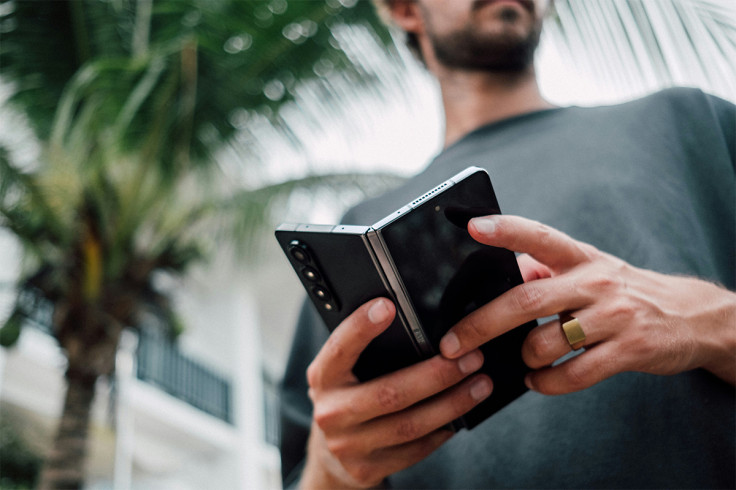Is the Trifold Phone a Fold Too Far?
The 'trifold phone' might be the next big thing in the smartphone industry, but is it taking things too far?

The smartphone industry is constantly changing. Just a few years ago, for instance, foldable phones were all the rage. At their heart, they promised to revolutionise the way we interact with our devices, changing the way we stream content, play games, and multitask on the go.
And indeed, that's just what they did. While the price tag was – and still is – too steep for some, for the ones who could afford the Samsung Galaxy Z Fold or the Google Pixel Fold, it quickly became apparent that the bigger screens elevated their smartphone experience.
For work, users could multitask without those constant micro-interruptions from flipping between windows. For gaming, the fold provided a more immersive experience, whether they were playing a GPU-intensive RPG or more streamlined online casino games. The old constraints of mobile gaming were overcome by a screen that accommodated player preferences and proved more adaptable.
There's no doubt that the concept was appreciated from the off, and it's been growing steadily, with the global market building from 0.5% in 2021 to nearly 1.8% in 2025. But as we just mentioned, the industry is constantly changing, searching for new ways to innovate and capture users' attention in a way that's never been done before. And that has led us to the latest frontier in the smartphone market: the trifold phone.
What is the Trifold Phone?
Just last year, Huawei launched the world's first tri-fold phone, known as the Huawei Mate XT. Unlike traditional foldable phones that fold once, this design introduces yet another folding mechanism, effectively creating three screen panels that can fold into one compact form.
In terms of the performance, it's still powered by Huawei's Kirin 9000, and it comes with up to 12GB RAM and 512GB storage, meaning it supports heavy multitasking and large app storage, not really a surprise when you effectively have three separate screens on the go! It features a versatile multi-lens camera system, and the battery is around 4500 to 5000mAh, which is pretty impressive considering the demands of such a large display. So far, the Huawei Mate XT has received good reviews, but it remains to be seen whether this is a trend that's going to catch on. And there's a very good reason for this. Namely, because most people aren't sure whether it shouldcatch on.
A Fold Too Far?
While the Huawei Mate XT is gorgeous to look at and is certainly a feat in smartphone engineering, there is one question that will undoubtedly push a lot of would-be customers back. Why? Just why do we need a phone like this? As we mentioned before, the foldable phones that have been gaining traction in recent years are good because they offer a larger screen experience, effectively turning a phone into a tablet whenever the user wants. This is perfect for gaming, streaming, and more, but the tri-fold design raises the stakes even higher, to the point where it all feels a little superfluous.
Just who was asking for a phone that folds twice, creating three separate screen panels? For most users, the traditional fold already hits the sweet spot between portability and screen size, and so adding another fold – and subsequently increasing the complexity, weight, and fragility of the device – doesn't really seem like the best way to build on that. This is all a matter of opinion, of course, and as we mentioned previously, it's still a revolutionary phone for tech enthusiasts. But for the average buyer, many of whom can't even afford a traditional fold with its current price, it's unlikely that this is a revolution they'll want to be part of.
© Copyright IBTimes 2025. All rights reserved.




















